Diagnosis
The plastic surgeon conducts a physical examination to evaluate the condition and extent of hair loss. During the examination, the surgeon will ask you about your hair care routine, medical history, family medical history, diet, and current medicines if you are taking any. The plastic surgeon may also examine the scalp with the help of a light microscope to check the possibility of any infection in the hair shaft.
The plastic surgeon will also recommend a few diagnostic tests to detect the severity of the hair loss issue:
Pull test– The plastic surgeon will pull some hair gently to check the frequency of hair loss. This test helps in determining the severity of the condition.
Blood test– This test is recommended to measure the blood clotting time. During the hair transplant procedure, grafting is done that results in minimal bleeding. Therefore, this test is commonly advised before the procedure to evaluate the potential risk related to bleeding during surgery.
Scalp biopsy– The plastic surgeon scrapes samples and sends them to laboratory to test any disorder or infection causing hair loss.
Procedure
After a thorough diagnosis, the plastic surgeon will determine the best-suited technique to restore hair in the affected area more effectively. There are different methods that are performed for hair transplant such as:
Follicular Unit Extraction (FUE)– In this technique, the plastic surgeon extracts the hair follicles directly from the thick area of the head through punch incisions. The affected area is sedated with local anesthesia to make the procedure as minimal pain as possible. Once the area is numb, the plastic surgeon performs the follicular extraction technique. The surgeon makes small punch holes in the affected area to implant the extracted follicles for hair restoration.
Follicular Unit Transplantation (FUT)- During this procedure, with the help of local anesthesia, the anesthetist numbs the area to perform the hair transplant surgery. The plastic surgeon then sterilizes the donor site from where the hair follicles need to be taken. The surgeon uses a scalpel, to remove the follicles from the dense area which is later closed with surgical sutures. Next, the plastic surgeon makes tiny incisions in the affected area to transplant the selected hair follicles with the help of needles. Once the hair transplant surgery is completed, the plastic surgeon secures the surgical site with a bandage.






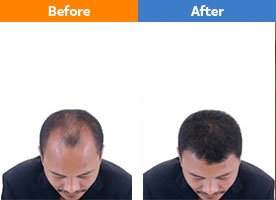
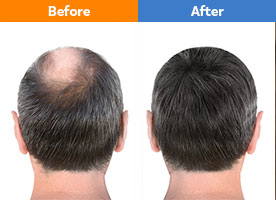
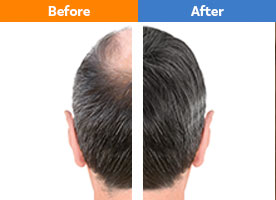
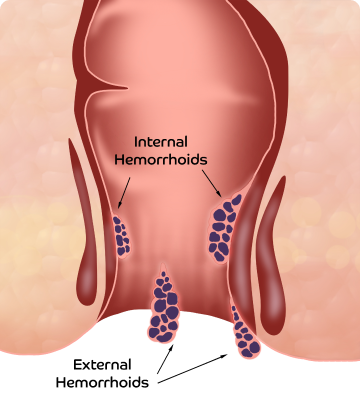
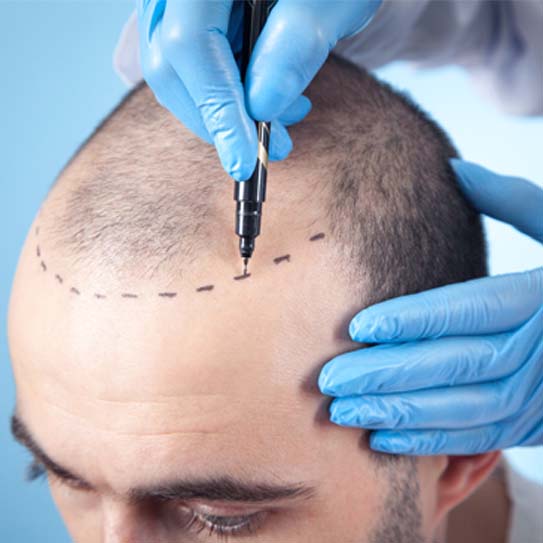

.svg)









